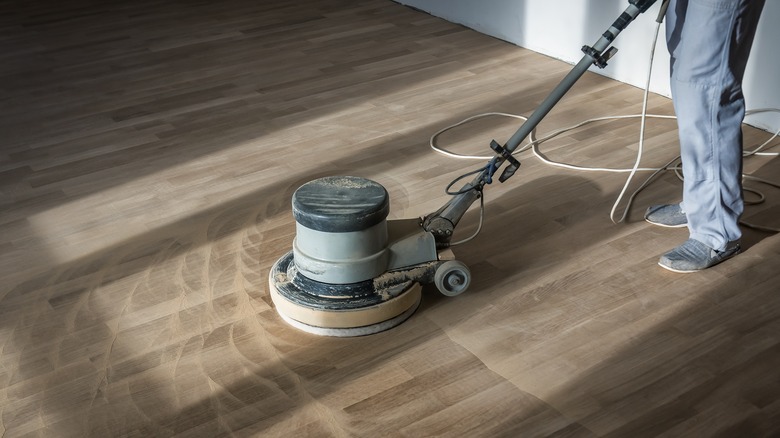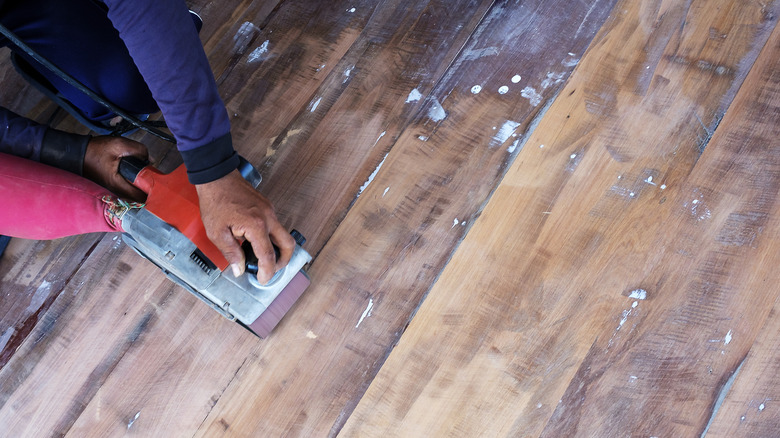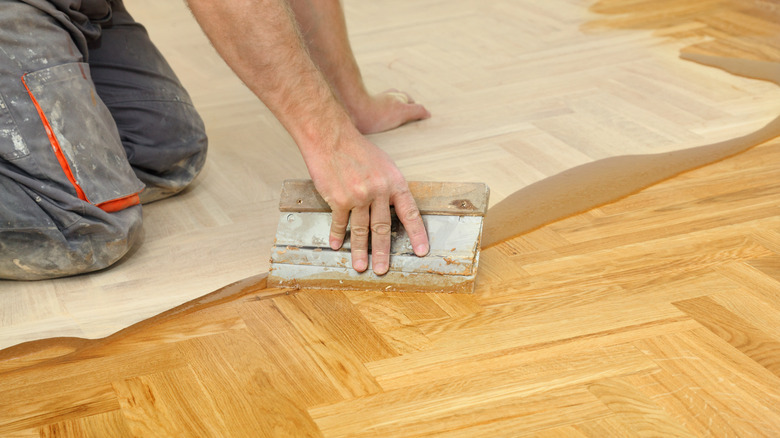The Difference Between Resurfacing & Refinishing Your Hardwood Floors
When it comes to hardwood floors, the terms 'refinishing' and 'resurfacing' are often used interchangeably. But here's the deal: they're not the same thing. Refinishing is an intensive process that requires you to clear your schedule for a few days. It goes deep, eradicating imperfections in your hardwood floors by sanding and removing your floor's top layer before applying a fresh coat of finish. Resurfacing, on the other hand, is a lighter touch. It's like the floor's version of a spa day — a few hours, and you're looking renewed without going under the proverbial knife.
The choice between refinishing and resurfacing is significant, and it all boils down to your specific needs. Do you have deep-set stains, years of wear and tear, or perhaps a color change in mind? Refinishing is likely your best bet. Is your floor relatively new, with only a few minor scratches? Resurfacing should do the trick. But why bother with either? A well-cared-for hardwood floor is easier to maintain and less prone to accumulating dust and allergens, making your living space healthier.
In the long run, keeping your hardwood floors in prime condition is a smart move. Refinishing or resurfacing keeps your hardwood floors looking new, minimizing the need for a full replacement, which is both costly and time-consuming. And let's be honest, a stunning hardwood floor is a joy to look at and walk on.
What you should know before refinishing hardwood floors
If you want to refinish your hardwood floors, kudos for choosing the comprehensive route. But before you dive in, note that you'll need to set aside several days. Equipment is your next consideration. You can rent heavy-duty sanders from local hardware stores — opt for a small-sized one if you prefer an electrical sander. If this is your first time, consider consulting a pro or watching a few tutorials to understand the mechanics and techniques. There's an art to sanding, and getting it wrong could create uneven surfaces or even damage your floors.
Now, let's discuss VOCs — volatile organic compounds. They're often found in finishes, and inhaling them isn't the best idea. Choose hardwood floor finishes with low or zero VOC content for a safer, more eco-friendly project. When you're shopping for brushes and varnishes, high quality is the name of the game since this is what you'll see day in and day out, so go for the good stuff. And if you're wondering whether pre-mixed varnishes are okay to use, the answer is that they're convenient but limit your options. Mixing your own allows you to tweak the hue to your liking.
Sealing the deal often takes more than one coat. Depending on the product you use and the condition of your wood, you may need to apply multiple coats to get that smooth, durable finish. Be patient, let each coat dry properly, and you'll be rewarded with the best results.
What you should know before resurfacing hardwood floors
If you prefer the resurfacing route, first, you have to give those boards a good once-over and check for any signs of rot or severe damage. Resurfacing is like a fresh coat of paint; it won't fix underlying structural issues. You'll have to reduce humidity levels if you notice signs of rot, or if the damage is extensive, refinishing might be best.
Next, the finish you select has a significant impact on the look and the longevity of your floors. You have options, including gloss to wax-based finishes. Each finish type sets a different tone for your space. For example, a gloss finish adds a reflective shine but might show more scratches. A matte finish provides a subdued, natural look but might require frequent maintenance.
If you're dealing with vinyl or laminate floors, the resurfacing process takes a different route. Here, you'll need to sand the surface to the subfloor using specialized equipment like a floor or belt sander. Once that's done, the exposed subfloor requires a good cleaning and needs to dry before applying any new finish. Also, even though resurfacing is less labor-intensive, don't underestimate the importance of quality products. A top-notch sealant or finish not only looks better but also lasts longer. This is particularly vital if your floor gets a lot of foot traffic. A poor-quality product will wear out faster, and you'll find yourself redoing the whole process sooner than you'd like.


